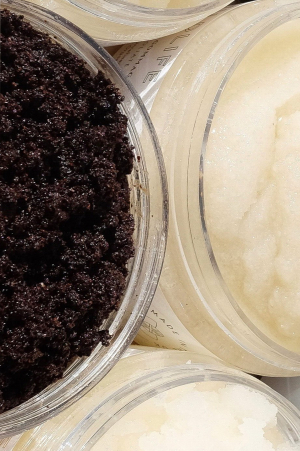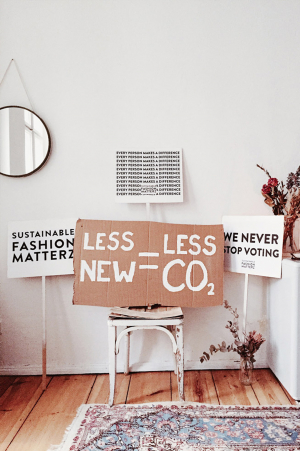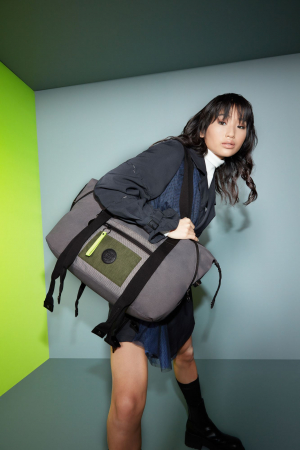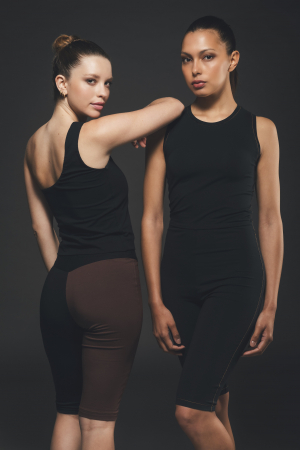Peaches Pearl: Grace Loves Lace's New Eco Wedding Dress
Leading Australian bridal giant, Grace Loves Lace, is ready to launch its new eco wedding dress on the sweetest day of the year, Valentine's day.
The Kinematic Dress and the World of 3D Printing
Fashion started when humans began wearing clothes, so the statement ‘the history of fashion is a history of people’ is a matter of fact. Even with the pandemic in the picture, the world of fashion is still going but with a slight twist: technology is here to stay and be a part of every aspect of our lives, even fashion.
 Ph. Simon Lee, Unsplash
Ph. Simon Lee, Unsplash
To keep up with the trends, 3D printing is becoming a widely used alternative to fabric in the fashion industry.
We can trace the origin of fashion design back to 1826! Fashion reflects the passage of time and if we look back we can learn a lot about history and culture solely based on the fashion trends. Zooming to the last two years, everyone could notice the rapid growth of technology and it is not a surprise latest innovations entered the industry.
Is 3d Printing Replacing The Sewing Process?
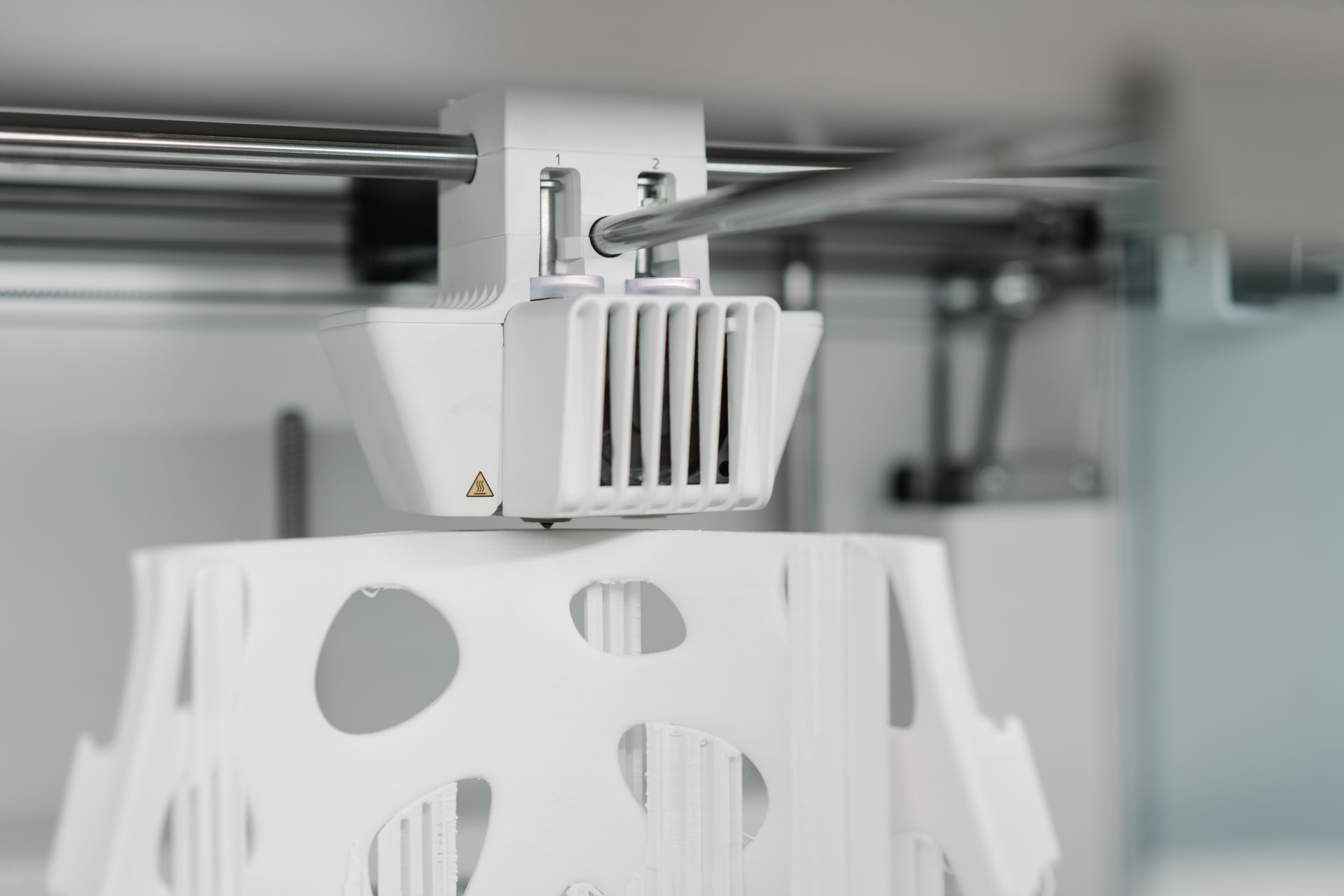 Ph. Tom Claes, Unsplash
Ph. Tom Claes, Unsplash
The biggest threat in the world of fashion is fast fashion and all the negative aspects of it, from the terrible working conditions to the effects on the environment. Many people nowadays are more conscious about the way they approach fashion. Those new aspects are taken into account and are pushing designers to look for ways to accommodate their customers; this is where new innovations come in handy. It is becoming important to use 3D printing for sustainable and eco-friendly purposes, as well as turning the advance of technology to your advantage. 3D-printed garments can cut manufacturing waste, reduce carbon footprint, and promote circular economy. Fashion is embracing 3D printing due to its many advantages, and there are no limits to the possibilities. From clothing to footwear to accessories, 3D printing offers unlimited opportunities.
Kinematic Garments
One of the most well known kinematic garments is the kinematic dress of design-studio-cum-science-lab Nervous System, founded in 2007. Designers and co-founders of Nervous System studio, Jessica Rosenkrantz and Jesse Louis-Rosenberg, merge nature and technology in their line of Kinematics garments, including the Kinematics Dress, that was required by the Museum of Modern Art in New York for their permanent exhibition. Rosenkrantz and Louis-Rosenberg say that “the Kinematics Dress represents a new approach to manufacturing which tightly integrates design, simulation, and digital fabrication to create complex, customised products".
This future started at some point in the past, the studio was working at this already in 2013!
The Making Of The Dress
The dress is made up of 2,279 unique triangular panels and 3,316 hinges, to allow it to be printed as a single folded piece at the Shapeways factory in New York. All the pieces of the dress are rigid individually but, once combined, they function as a piece of continuous fabric that allows the dress to conform to the body and flow fluidly as it moves. The founders of Nervous System wanted to create a 3D printed garment that is both a gorgeous futuristic piece and comfortable for the wearer. At that time, most fashion designers experimenting with 3D printing made good looking garments for a magazine photoshoot, but if you were to wear it, the dress would feel like being covered in plastic. The designers' goal is to create a simple 3D printing method, so they developed an app to allow wearers to indicate their body shape and specify their desired length, patterning, silhouette, and other customizable design details. “We’re interested in computerising the entire manufacturing process” says Jessica, “we’re still in the very beginning, but we envision a future where people end up using their skill and creativity to create an end product that is completely accessible and affordable”.
Envision a future where you will be able to create and print your own unique garment in your bedroom with the click of a button. This is no longer a dream, it is a reality and people are doing it. It is exciting to observe the innovations, tactics, and designs that are created as this technology grows and it’s even more exciting to be a part of it.
A NA-KD-clear Example of Climate Action
Pollution and climate change is the hefty bill planet Earth pays for our wardrobes. Thanks to the example of sustainable fashion brands like NA-KD, we know that a global action plan is possible.
 Ph. hello i m nik, Unsplash
Ph. hello i m nik, Unsplash
Multi-tasking and multi-targeting, this is the climate action plan set and run by NA-KD. The daunting mission has many green goals and it is still achievable.
Fashion And The Environment: The Facts
The changes experienced by the environment are tangible and, most of all, global. The public attention is all on the main actor in today's climate disruption: fashion – or better – fast fashion.
With the trends coming and going and the pressure to follow them, fast fashion has provided the mass with an endless variety of always fresh clothing at reasonable prices. The price tag might be low, but the consequences on the ecosystem proved not to be so light and for many different reasons.
From a consumer point of view, the fast-fashion temptation led to more purchases which indirectly lowers down the life span of our clothing and causes more textile waste. Numbers clarify the state of facts: in Europe1, for example, people buy 26Kg of new clothing and discard an impressive 11Kg every year. Sales have been increasing by 40% since 1996 but, on the other hand, the EU fashion industry has not been able to keep up with fabric refuses as just 1% of the textiles was recycled for clothing due to technological issues.
If we are guilty of overconsumption, many brands lack sustainability in their production. Indeed, every step in fashion manufacture can be deemed responsible for greenhouse emissions, water pollution and land degradation. To break down the process, these phases are sourcing new raw materials, processing and producing new clothing, packing and shipping goods. As we will see shortly, NA-KD focuses on each one in its ecological journey toward a climate-neutral production by 2025.
 Ph. Crsten Vollrath, Pexels
Ph. Crsten Vollrath, Pexels
Present on the shelves for 24%, cotton is a very common natural fibre in this industry, yet it is the least sustainable material. Its production involves considerable consumption of water for irrigation and land: alone, 1Kg of cotton needs between 10,000 and 30,000 litres of water depending on the geographical region2. 1 cotton t-shirt equals 2,500 litres of water!
Furthermore, the remaining water sources are polluted by pesticides and insecticides employed in cotton cultivation, dyes and chemicals from clothing and jeans processing, and microfibres. Although small, microparticles, in the long run, pollute water basins and oceans ending up putting marine fauna at severe risk. 0,5 million tonnes of plastic microfibres – that is 35% released in the environment – come from washing synthetic clothes. Again, one straightforward example taken from daily life will wake you up: 1 laundry of polyester clothing creates 700,000 microplastics3 going down the water pipes.
 Microplastics found in Mirissa Harbour, Sri Lanka. Ph. Soren Funk, Unsplash
Microplastics found in Mirissa Harbour, Sri Lanka. Ph. Soren Funk, Unsplash
Even before we can put our hands on some brand-new clothing, more pollution comes along. Bringing fashion goods to distribution sites all over the globe translates to material waste and CO2 emissions through packing and shipping. In total, on the shoulder of the fashion industry, there is 10% of the global carbon emissions. The analysis run by McKinsey states that the amount reached 2.1 billion metric tonnes of greenhouse gases in 2018, foreseen to jump to 2.7 billion metric tonnes by 2030 with no drastic changes are taken.
The NA-KD Green Example
 NA-KD Reborn, a collection made of more sustainable materials
NA-KD Reborn, a collection made of more sustainable materials
Switching to a greener production may seem an epic deed. Indeed, it is not easy and requires a multi-tasking approach. NA-KD carbon-neutral journey is an example we wish many companies will study and copy for the future. But what is so special about it?
The difficulties lie in the disparate production phases and the many actors involved from start to end: suppliers, brands, delivery companies, retailers and, finally, consumers. NA-KD's plan tackles every source of pollution and liaises with all the entities working in the industry and/or involved.
The brand, born in 2016, is now distributed in 50 different countries, no wonder NA-KD feels the urge to act for the better. The label launched its first sustainable line in 2019 and, by 20254, it aims to:
• halve CO2 emission per product,
• use 100% sustainable materials,
• climate-compensate shipping (by investing in wind power),
• stop any non-sustainable production by 2025,
• reuse or recycle 100% of packaging material by 2025,
• reach a completely transparent supply chain (for 80% of the production),
• fund sustainable initiatives
To reduce its footprint, NA-KD has switched to renewable energy and studied to reduce its carbon footprint caused by transport, while supporting its partner to change for renewable alternatives, have better use of water and more efficient treatment of chemicals. The brand's focus moves then to materials. The first goal was to use 100% more sustainable cotton for its denim by 2022 and have all products made in sustainable materials by 2025. To make this possible, NA-KD informed its purchasing department to make sensible choices; looked for organic and recycled cotton; implemented its certificates, and found new suppliers sharing the same eco-commitments. Having a transparent supply chain and clear communication with the public about sustainability and production are part of this green journey, as well as good practices for every business.
After tackling the problem connected with sourcing, manufacturing and distribution, NA-KD took care of the last but equally important piece in this puzzle: you, the consumer. Fashion consumers feel every day more conscious about the environment and the active role they play through their decisions. The brand's call to action emphasises the love for clothing: how to take care of them and so prolong their life and quality. The #SoMe campaign wants to accompany you through an educational journey, at the end of which you will adopt sustainable behaviours.
Loving your outfits, at some point, will bring you to pass this love onto someone else. NA-KD circular program supports the circularity models by rewarding you with a discount for every return piece of clothing. While you can give back, you can find new discoveries in the pre-loved marketplace section on the NA-KD website.
Although hard and ambitious, climate action is achievable in the fashion industry. The NA-KD plan shows this is a matter of organisation, time, strong commitments and collaboration. Only when all parties will weigh their actions and understand the right things to do, fashion will be finally greener and we hope soon.
Read more about NA-KD’s sustainability commitment and discover its sustainable and pre-love ranges online.
Sources: 1, 2, 3, 4.
Wildlife Body, The Good Scrubs
Ready to meet the one product that changes your skin in a swift? The scrub is your body's BFF but make sure it is kind to your skin and the environment. Wildlife scrubs are.
How Sustainability Promotes Climate Positivity
Climate change is real and happening right now, right in front of everyone’s eyes. Hence, taking action is essential if you want to see the planet better.
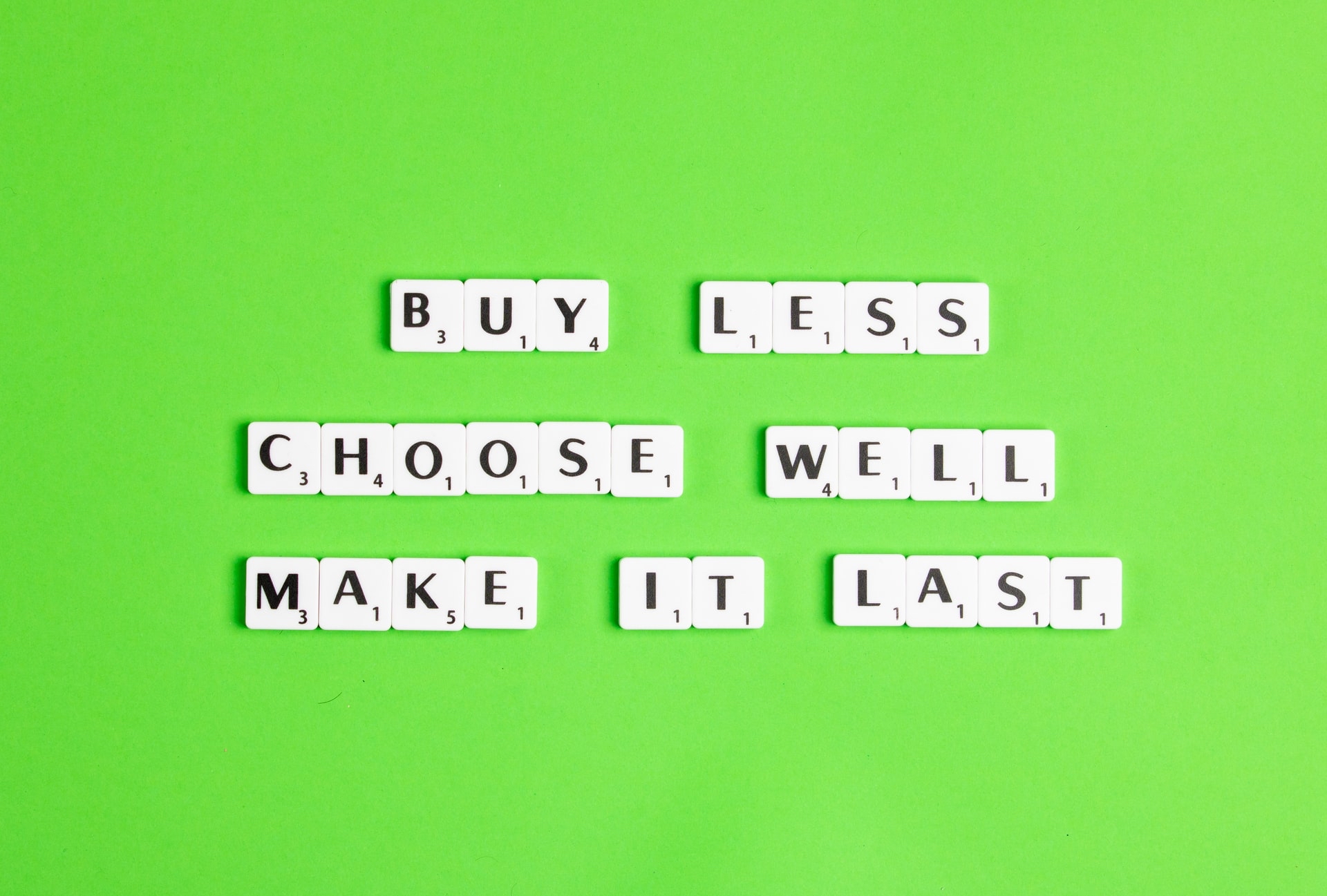 Ph. Edward Howell, Unsplash
Ph. Edward Howell, Unsplash
Sustainability should be the new normal. If this should be our approach to fashion, climate positivity will ensure that there is something to hope for in the future.
Climate change is amongst us and should be tackled immediately. For better days to come, we must look at the broader picture: the agenda of how sustainability promotes a better environmentally friendly life for all and, particularly, how to create a change capable of adapting to all lives.
Climate Positivity
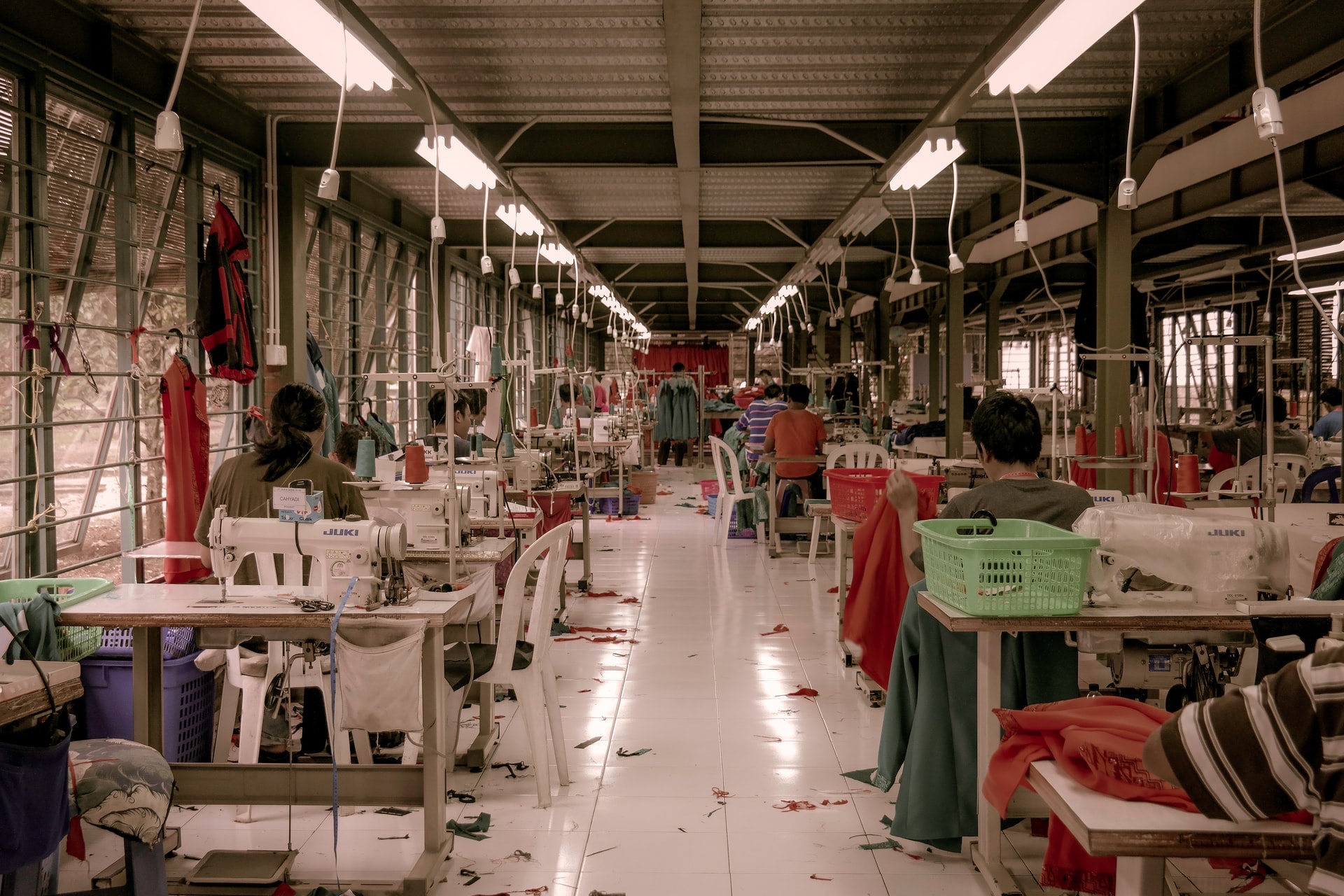 Ph. Rio Lecatompessy, Unsplash
Ph. Rio Lecatompessy, Unsplash
Climate positivity helps to minimise climate change while also promoting a positive approach in our society. Seeing a switch and aiming for a difference demonstrates a feeling of dedication. It embraces new sets of options and challenges in the hopes of improving the community, our society, and the ecosystem as a whole, so climate change will soon cause less damage. Eco-friendly, recyclable, and greenwashing are all keys to promoting climate positivity.
Sustainability And Us
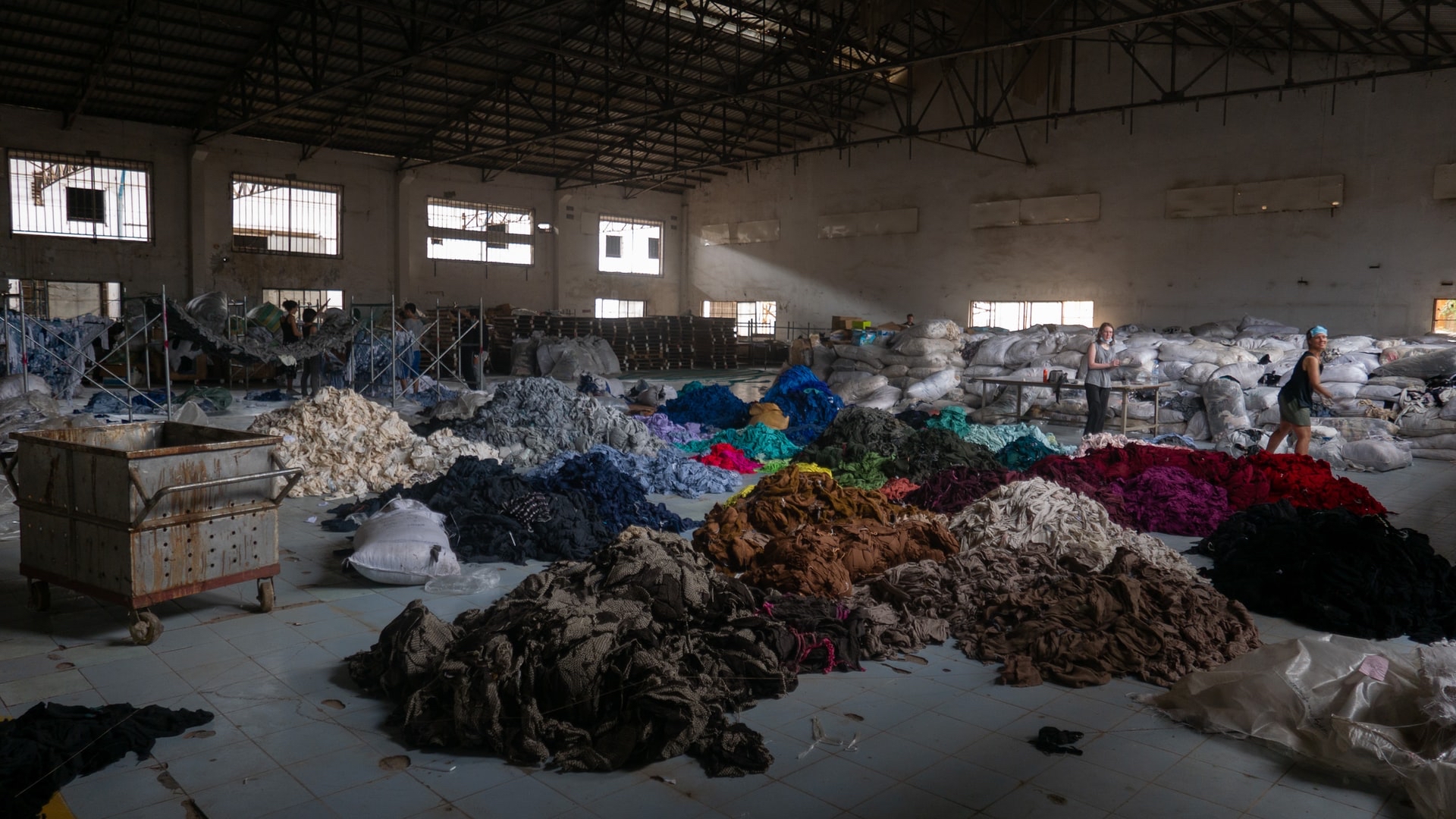 Ph. Francois Le Nguyen, Unsplash
Ph. Francois Le Nguyen, Unsplash
As people of the world, we all have the power to make valuable changes in our lifestyle; it just requires simple knowledge and awareness of what has been affected: people's livelihoods, our communities, and current attempts to control the climate change impact.
When it comes to sustainability, it is frequent to hear about it but we have no idea about how it is made, where it comes from, or what the day-to-day manufacturing process entails. Durable development should encompass more than just crochet, knitting, and locally sourced materials; it should also include a thorough understanding of history, care, and the work process. To create something high-quality, resistant, and long-lasting, assuring that future consumers will only have one job: to care for their garments, which includes caring for the biosphere.
Sustainability is about more than just keeping the ecosystem clean and safe for everyone; it also recognises the importance of ideals like renewal growth and diversity, as well as striving for greater social justice and equity. “Doing nothing or doing just enough is not going to cut it. We have to act in this decade to avoid the most severe environmental and socioeconomic effects of a changing climate,” said Dickon Pinner, who is the senior partner and global leader of McKinsey & Company’s Sustainability Practice.
The process will be seen if you look at the future profit; in the end, you only have a successful income if you have reliable consumers. Sustainable living expands every day, and consumers grow and adapt to a more positive lifestyle; therefore, change and evolution are required.
The beauty of seeing different kinds of clothing is the beauty of the world of fashion, and everyone wants to be a part of a trend or a craze. However, many fashion brands are on the verge of wreaking havoc on the ecosystem by employing fast fashion, low-wage labour, and hazardous production methods. Why is it wrong? Delilah Smith, who has spoken on fast fashion's impact on the environment, said, “A fast-paced model requires fast-paced production, and unfortunately, quicker production gives way to an increase in environmental damage.” Therefore, these companies make and distribute their products is neither safe nor equitable.
Consumers: The Key To A Sustainable Lifestyle
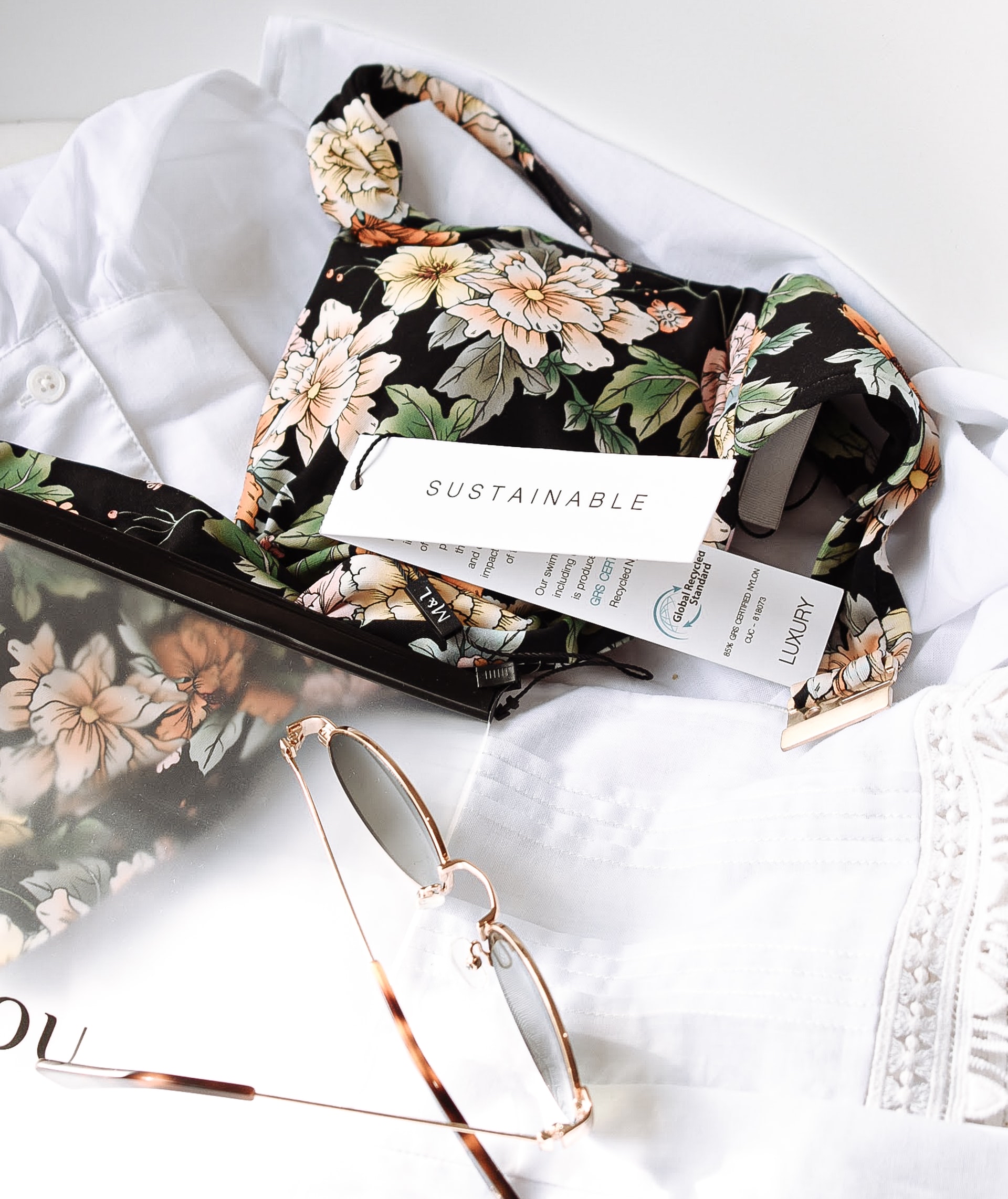 Ph. Jess @ Harper Sunday, Unsplash
Ph. Jess @ Harper Sunday, Unsplash
The environment versus high fashion, how will everyone protect it? And how will everyone deal with the consequences? Clothing can be made more eco-friendly but we can also choose second-hand vintage clothing found in charity and antique shops, as well as on websites like Vinted and Depop, which filter items based on affordability, preference, and like-ability.
There is no denying that in the fashion industry sustainability is the buzzword right now. It is about sending a statement to everyone and, in some ways, addressing all of the challenges that fashion and the environment have with each other, as well as producing a vital message to highlight, showcase, and encourage climate positivity. Biyya Mansoer has expressed in an article, ‘You are what you wear’, “the way we express ourselves through fashion can provide an influential platform to drive change towards more ethical and sustainable practices in fashion supply chains. Here is where self-expression through fashion has evolved into something bigger – a choice and our way of life.”
A study by Dunja Radonic on the ‘fashion discount’ has displayed the percentages are different in all age categories. For general statistics, “53% of men and 47% women in the UK buy from sustainable brands” and “mature women between the ages of 35-55 buy from sustainable brands”; therefore, this data demonstrates how sustainable trends are still snowballing.
Goal For Change
The changes required to combat climate change are possibly tricky but necessary. If something is at risk, it is bound to have a resolution. Sustainability is critical because it allows for positive change for the improvement of both people and the planet.
EVRYTHNG and Re-Fashion: Game-Changing Partnership for Sustainable Fashion
A brand-new partnership introduces circular and more transparent solutions to implement sustainability in fashion retail. EVRYTHNG and Re-Fashion collaborate with New Look to make a change happen.
KIPLING® X Redress: limited-edition sustainable capsule collection by Beatrice Bocconi
Redress and VF Corporation, parent house of Kipling®, collaborated again after the success of the Redress Design Award 2019 Made For Change Challenge in Hong Kong. The first competition amongst Redress Alumni aimed to find the designer for a sustainable collection based on circular design principles and using VF Corporation deadstock, end-of-roll fabrics, or innovative recycled fabrics. The winning design had the privilege to become a limited-edition capsule collection retail exclusively in Kipling stores from November 15th, 2021 across APAC.
Customers, brands and the environment: the green issue
The public concern about the state of the environment is not a temporary fashion trend, although they influence how people shop and what they ask their favourite brands.
The Morphbag by GSK, the Award-Winning Luxury Vegan Handbag
A high-quality alternative to leather handbags is hard to find and time will soon reveal if your choice was worth it or not. London-based and sustainable brand, The Morphbag by GSK, redefines fashion handbags with its timeless and versatile design concept.
Organique athleisure wear, a sustainable movement
Walking through life like a breeze, leaving little or no sign on our way. Newly-launched sustainable womenswear brand Organique proposes a minimal and low-impact fashion for a life in constant motion.



